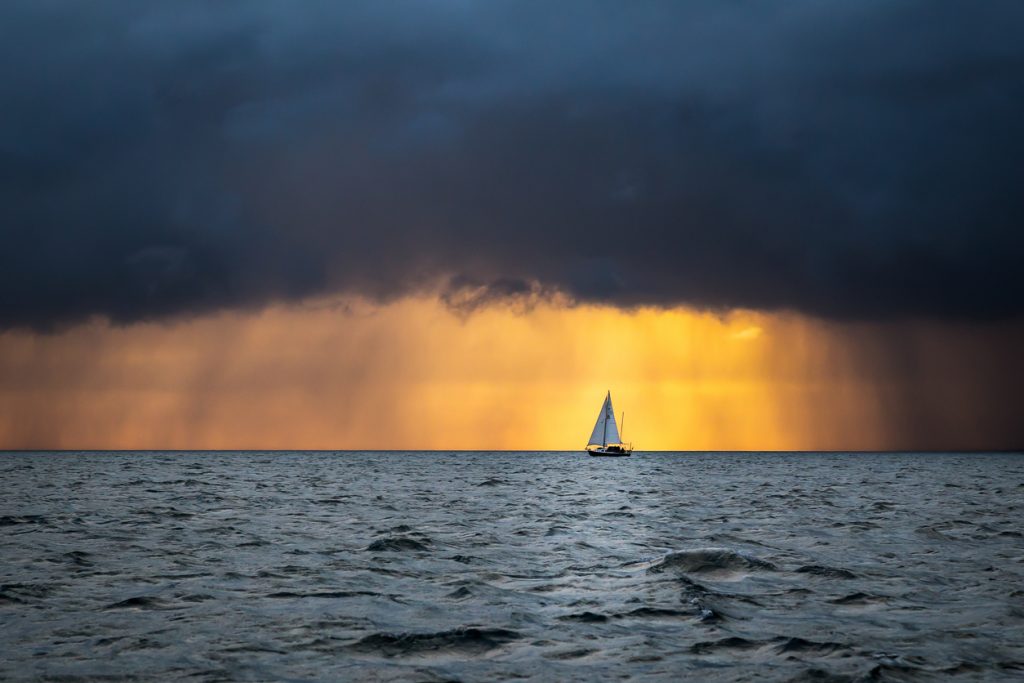Severe weather can strike at any time of year in the Pacific, but the season for tropical cyclones runs from May through the end of November. While it is rare for one of these storms to strike the west coast of the United States, they can still impact boaters. Being prepared when you are out on the water is important during storm season, and this includes knowing what to expect after the storm. Following a few OC boater safety tips to address post-storm risks can help prevent emergencies and damage to your vessel.
How Do You Stay Safe While Boating?
There are a few post-storm risks and obstacles that present hazards to you and your boat, and they can stick around for quite some time after the threat of the storm itself has passed. Knowing how to read the water and what to look out for are key to staying safe.
Keep a Lookout for Flotsam
Flotsam refers to any debris that is adrift in the water. The Pacific Ocean currents can allow any objects claimed by a storm to float in its currents for a long time before reaching the Americas’ western shores. Often, it can be difficult to see debris. Look for slicks, shiny spots and isolated ripples that can give away the presence of an object that would be otherwise difficult to see.
Beware of Changes in Channel Depths
Storms can have an impact on the sediment on the bed of a water body. This is particularly important for boaters when navigating channels. Waters that were once navigable can become impassable. What makes it more difficult — and hazardous — is that you can’t always trust the navaids, as they may stay in place even while the sediment shifts. To avoid the risk of running aground, talk to the local Coast Guard when possible, and do your best to read the water.
Stay Alert for Moving or Missing Buoys
Turbulent waters can cause buoys to move off position or disappear entirely. While electronics are useful, it can still be difficult to know exactly what to do when your plotter tells you to head in one direction, but your eyes tell you to head in another because they see an off-position buoy. In this situation, you want to contact the local Coast Guard or other boats on the VHF, read the water, and examine the chart soundings. The Coast Guard’s Local Notice to Mariners is also a useful tool, as it provides information on missing and off-position sinkers, among other things.
Storm season and post-storm risks don’t have to keep you off the water! Staying safe after the storms have passed is a matter of knowing what to look out for. Understanding how to read the water is critical as you keep your eyes peeled for flotsam, changes to channel depth, and out-of-place sinkers.
About Mariners Insurance
Mariners General Insurance Group was founded in 1959 to protect boat owners and marine business clients. We are marine insurance experts and insure boats worldwide – in every ocean on the planet. Marine insurance is critical if you own a boat or nautical business. Trust the professionals with all of your Boat Insurance needs – trust Mariners Insurance. Call us at (888) 402-5018 any time you have questions or concerns about insurance for your vessel or marine business.



